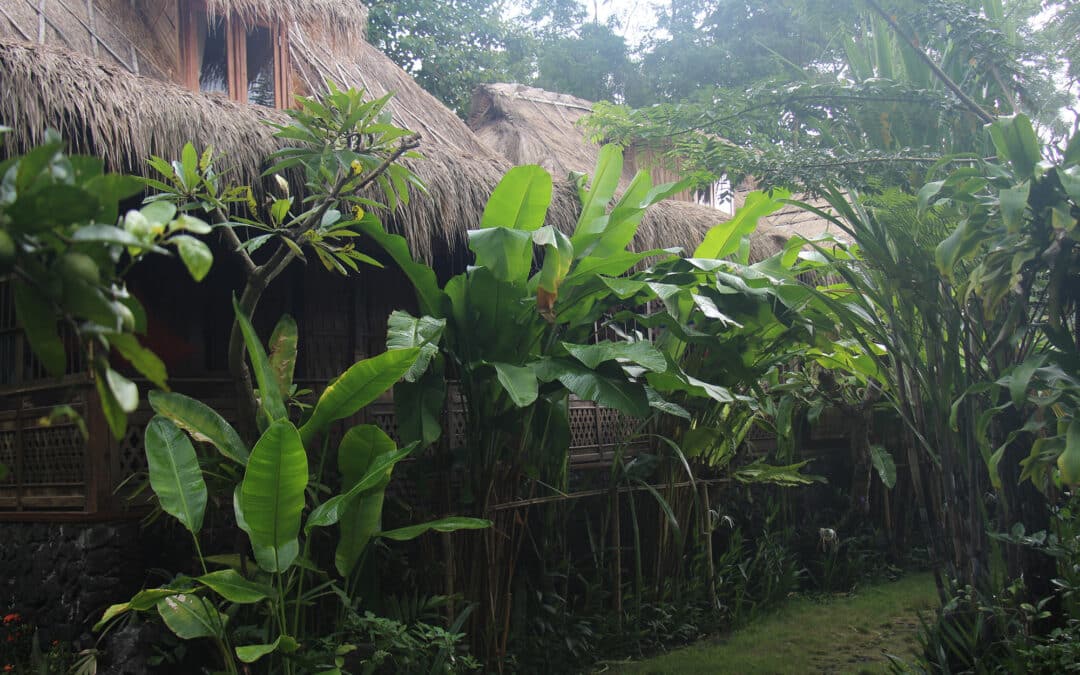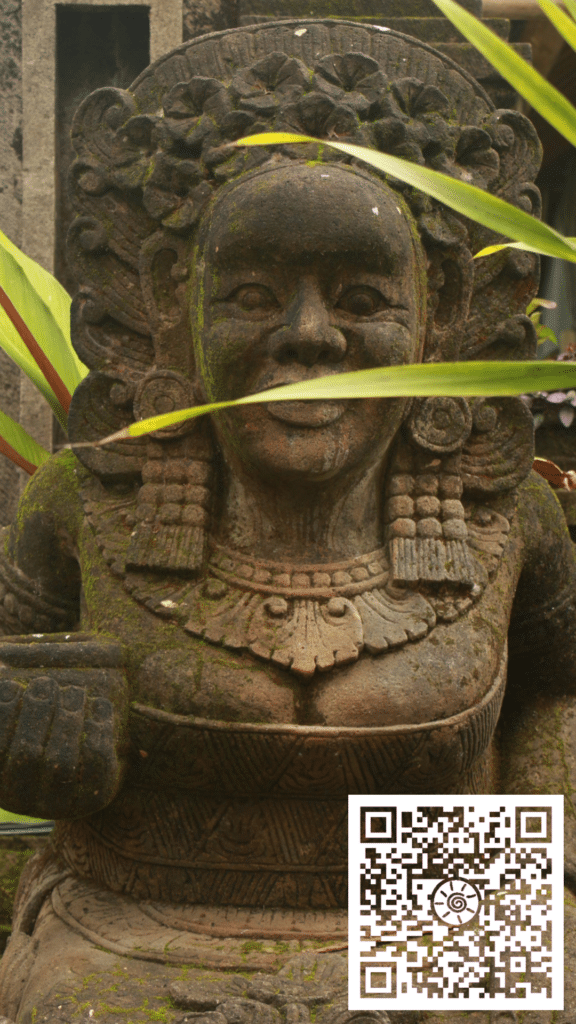Let’s talk about the fascinating traditional houses of the Kintamani area in Bali, known as “Saka Roras.” These houses are more than just architectural marvels; they are a window into the rich culture and heritage of this Indonesian paradise, and provide a glimpse into the island’s history, architecture, and way of life.
If you’ve ever been fortunate enough to visit Kintamani, you’ll know that it’s a place of breathtaking natural beauty. Nestled in the central highlands of Bali, it offers stunning views of Mount Batur and Lake Batur. But beyond the landscape, the Saka Roras houses are an integral part of the region’s allure.
“Saka Roras” isn’t just a fancy name for houses; it means 12 pillars in Bahasa Bali (Balinese Language), and is a Bali Mula concept of design with spiritual and cultural significance. The Bali Mula are original Balinese, from before the Majapahit influence from Java. According to the traditional style of building, the house is separated into distinct areas for specific usage. A typical Saka Roras house would have:
- One bedroom for children and extended family (bedawa)
- One bedroom for parents (bedangina)
- A living room / social area (amben)
- A room for a family temple and spiritual reflection (planggatan)
- A small kitchen, just inside the the door. (ponapi)
- An upstairs attic type area for food storage (tukub)
- And built in cabinets or storage spaces under the bed (batanlongan)
These houses were built to last– a testament to the craftsmanship and durability of their construction. The architecture of the Saka Roras houses is both practical and symbolic. They are typically two-story structures made from bamboo and wood, designed to withstand the region’s frequent volcanic activity and earthquakes. The walls are adorned with intricate carvings, often depicting scenes from Hindu mythology, which plays a significant role in Balinese culture.
The architecture of Saka Roras houses is both functional and aesthetically pleasing. The houses are typically built on elevated platforms, which protect them from floods during the rainy season. The use of natural materials like bamboo and wood not only makes the houses eco-friendly but also blends seamlessly with the surrounding environment.
Inside a Saka Roras house, you’ll find a cozy and compact living space. The interior design is minimalistic yet functional, with wooden floors and walls adorned with traditional Balinese artwork. Most houses have open windows that allow for natural ventilation and offer breathtaking views of the surrounding landscape.
While Saka Roras houses are cherished for their historical and cultural significance, they also face modern challenges. With the rise of tourism in Bali, there is a growing demand for modern accommodation, leading some locals to abandon their traditional homes in favor of commercial ventures. Efforts are being made to preserve and promote these unique houses, ensuring that they remain a vital part of Bali’s cultural landscape. Traditional Saka Roras houses are fast becoming a rarity in Kintamani due to modernization and urbanization.
Visiting one of these traditional houses is like stepping back in time. You can see the intricate craftsmanship that has gone into every detail, from the carvings, to the carefully woven bamboo walls. It’s a living testament to the Balinese people’s dedication to preserving their cultural heritage. Spending time in a Saka Roras house allows you to connect with the Balinese way of life on a deeper level. You can witness traditional ceremonies, taste authentic cuisine, and learn about the customs and beliefs that have shaped this community for centuries.
The Saka Roras houses of Kintamani are not just architectural wonders; they are living symbols of Bali’s rich cultural heritage. These houses tell a story of craftsmanship, spirituality, and community that continues to captivate and inspire those lucky enough to encounter them. While they may be facing challenges in the modern world, their legacy is a testament to the importance of preserving our cultural roots. So, if you ever find yourself in Kintamani, don’t miss the opportunity to step inside one of these timeless treasures and experience the magic of the Saka Roras houses for yourself.
Book Your Stay in a Traditional Saka Roras House at Geopark Village


